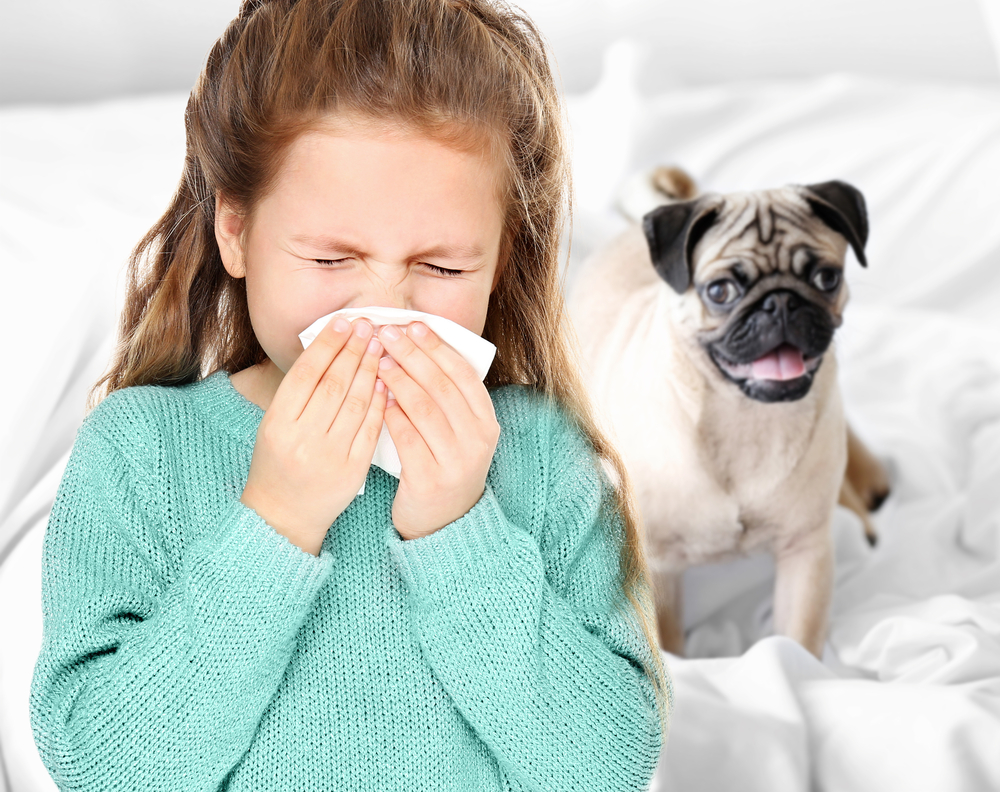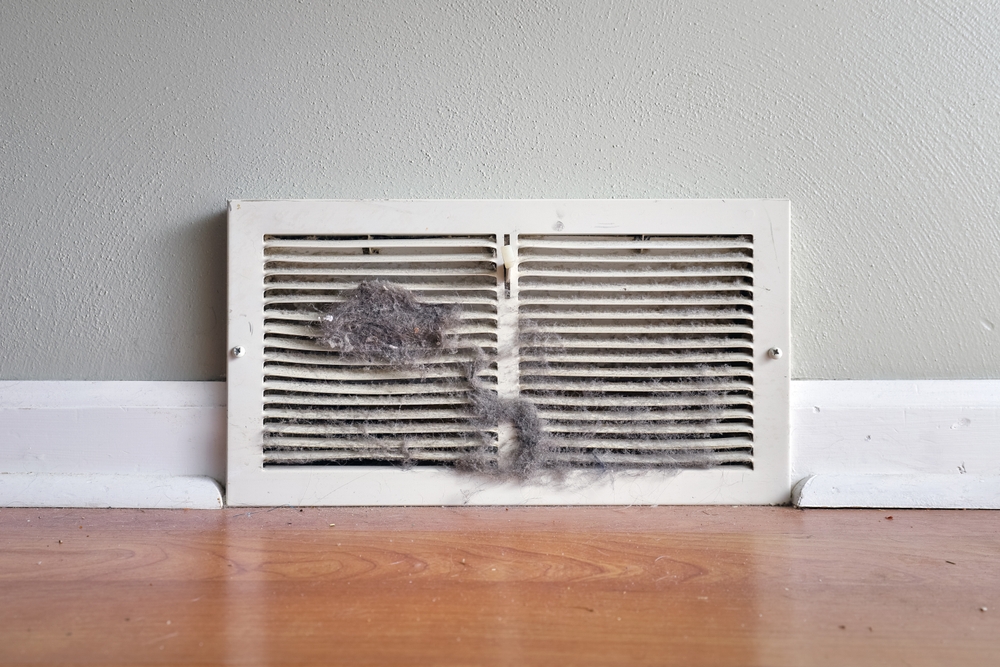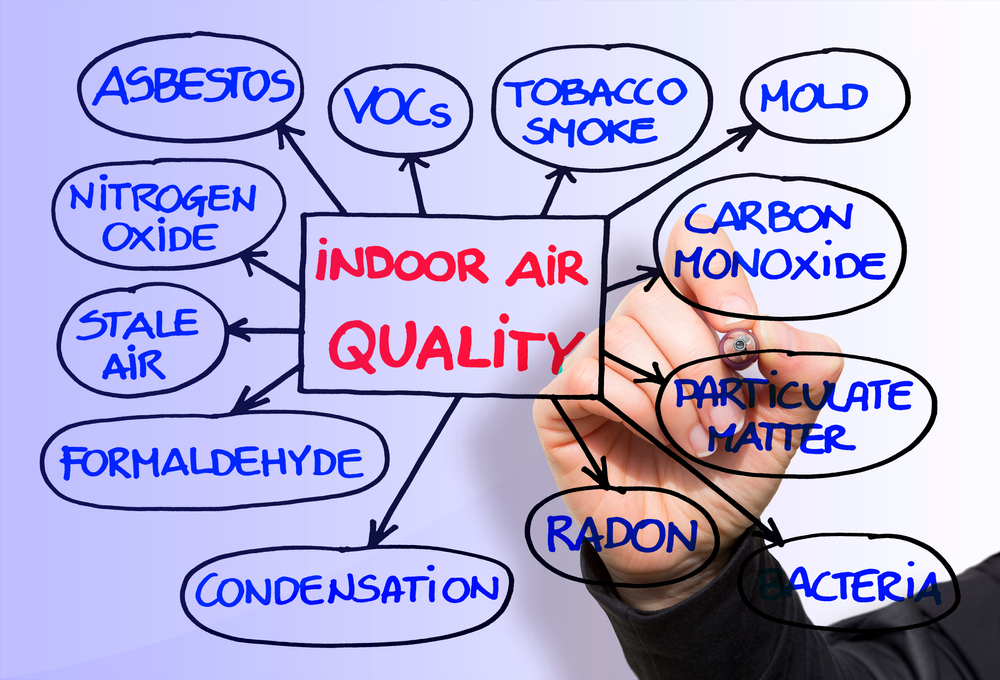
Allergies affect millions worldwide, and their prevalence is on the rise. In the United States alone, allergies affect more than 50 million people, with an estimated 30% of adults and 40% of children suffering from them. Allergies can significantly impact our quality of life, causing symptoms such as sneezing, itching, runny nose, and watery eyes. But what exactly is the link between air quality and allergies?
One of the most significant contributors to allergic reactions is poor air quality. The air quality we breathe substantially impacts our health, especially for those who suffer from allergies.
In this blog post, we will explore the link between air quality and allergies, the impact of indoor air pollution on allergy sufferers, and tips for reducing allergens in the home.
Understanding Allergies

Before we dive into the connection between air quality and allergies, let’s first understand what allergies are. Allergies are a reaction of our immune system to a substance that it perceives as a threat. These substances, called allergens, can be found in the environment, food, and other sources. When our body comes into contact with an allergen, it triggers an immune response that can cause a range of symptoms, including itching, sneezing, runny nose, watery eyes, and more.
Allergies can be seasonal or year-round, depending on the type of allergen. For example, hay fever is a seasonal allergy triggered by pollen. In contrast, allergies to dust mites and pet dander can occur year-round.
The Relationship Between Air Quality and Allergies

Air pollution can exacerbate allergy symptoms, making them more severe and longer-lasting. When air quality is poor, the number of allergens in the air can increase, which can cause allergic reactions in susceptible individuals. Common outdoor allergens include pollen, mold spores, and dust mites. On the other hand, indoor allergens include pet dander, dust mites, mold, and tobacco smoke. In addition to worsening allergy symptoms, poor air quality can cause respiratory infections, asthma attacks, and other respiratory problems in people with allergies.
That is the link between air quality and allergies.
Airborne allergens such as pollen and dust mites can quickly become trapped indoors, particularly in homes with poor ventilation. Additionally, chemicals in cleaning products, air fresheners, and other household items can irritate the respiratory system, worsening allergy symptoms.
The Impact of Air Quality on Allergies

Air quality can have a significant impact on allergies. As we said before, poor air quality can increase the concentration of allergens in the air, leading to more severe allergy symptoms. Additionally, air pollution can cause inflammation in the respiratory system, making it more sensitive to allergens.
One of the main culprits of poor air quality is particulate matter (PM). PM is a mixture of small particles and liquid droplets suspended in the air. These particles can be released from sources such as factories, vehicles, and wildfires. When we breathe in PM, it can irritate our lungs and worsen allergy symptoms.
Another contributor to poor air quality is ozone. Ozone is a gas formed when pollutants from cars, factories, and other sources react with sunlight. Breathing in ozone can cause a range of respiratory problems.
In addition to PM and ozone, other air pollutants such as nitrogen dioxide and sulfur dioxide can worsen allergy symptoms. These pollutants can irritate the respiratory system, making it more susceptible to allergens.
What Causes Poor Air Quality Indoors?

Indoor air pollution can come from many sources, including pet dander, dust mites, mold, and other allergens. Chemicals from cleaning products, air fresheners, and other household items can also contribute to poor air quality. Poor ventilation in homes can also exacerbate indoor air pollution by trapping pollutants indoors.
All of these factors can contribute to a host of respiratory problems. The World Health Organization estimates indoor air pollution causes over 4 million premature deaths yearly. Allergy sufferers are particularly vulnerable to the effects of poor indoor air quality, and reducing exposure to indoor pollutants can help to alleviate allergy symptoms.
Tips for Reducing Allergens in Your Home

Reducing the number of allergens in your home can help improve indoor air quality and reduce allergy symptoms. Here are some tips for reducing allergens in your home:
1. Keep your home clean: Regular cleaning can help reduce the number of allergens in your home. Vacuum carpets and upholstery frequently, and dust surfaces with a damp cloth. Be sure to wear a mask and gloves to avoid exposure to allergens.
2. Avoid outdoor exercise: When air quality is poor, avoid exercising outdoors. Exercise increases the amount of air you breathe in, which can worsen allergy symptoms.
3. Wash bedding regularly: Bedding can collect allergens like dust mites and pet dander. Wash bedding (including pillows and comforters) in hot water once a week to reduce the number of allergens in your bed.
4. Keep humidity levels low: High humidity levels can promote the growth of mold and dust mites, which can trigger allergic reactions. Keep humidity levels below 50% to reduce the development of these allergens.
5. Use natural cleaning products: Many commercial cleaning products contain harsh chemicals that can irritate the respiratory system. Consider using natural cleaning products such as vinegar, baking soda, and lemon juice, which are just as effective at cleaning and are much safer for your health.
6. Reduce clutter: Clutter can contribute to poor indoor air quality by trapping dust and other allergens. Regularly decluttering and dusting your home can help to reduce indoor air pollution.
7. Invest in an air purifier: Air purifiers can help to remove airborne allergens and pollutants from your home. Look for an air purifier with a HEPA filter, which can capture particles as small as 0.3 microns.
8. Maintain your HVAC system: Your heating, ventilation, and air conditioning (HVAC) system can contribute to poor indoor air quality if not properly maintained. Regularly changing your HVAC system’s air filter can help reduce indoor air pollution.
9. Keep windows closed: Keep windows and doors closed when air quality is poor to prevent air pollution from entering your home.
Improving Air Quality

Improving air quality is a complex issue requiring individual, business, and government action. Here are some steps we can take to enhance the quality of air:
- Reduce emissions: One of the most effective ways to improve air quality is to reduce emissions from cars, factories, and other sources.
- Use cleaner energy sources: Shifting to cleaner energy sources like wind, solar, and hydropower can significantly reduce air pollution.
- Support public transportation: Encouraging public transportation can reduce the number of cars on the road and, in turn, reduce emissions.
- Plant trees: Trees absorb carbon dioxide and other pollutants from the air, making them a natural way to improve air quality.
- Advocate for change: As individuals, we can advocate for policies and regulations supporting clean air and reducing air pollution.
Understanding the Connection Between Air Quality and Allergies
Air quality and allergies are closely related, and poor air quality can seriously affect people with allergies. Understanding the impact of air pollution on our health and protecting ourselves from poor air quality can help us manage our allergies and improve our overall health. By reducing allergens in our homes and minimizing our exposure to air pollution, we can take control of our indoor and outdoor environments and reduce the severity and frequency of allergic reactions.
As a society, we can also work towards reducing air pollution by supporting policies and initiatives that promote clean energy and reduce emissions from transportation and industry. By taking individual and collective action, we can improve air quality and reduce the negative impacts of air pollution on our health and the environment.



Good post. I learn something new and challenging on blogs I stumbleupon on a daily basis. Its always exciting to read content from other authors and use a little something from other web sites.
Thanks a lot for providing individuals with an extraordinarily memorable opportunity to check tips from this website. It can be very kind and jam-packed with amusement for me personally and my office colleagues to visit your site at the least thrice in one week to learn the new tips you have. And of course, I’m just always satisfied with your astonishing suggestions served by you. Some 4 points in this post are in reality the most beneficial we have all had.